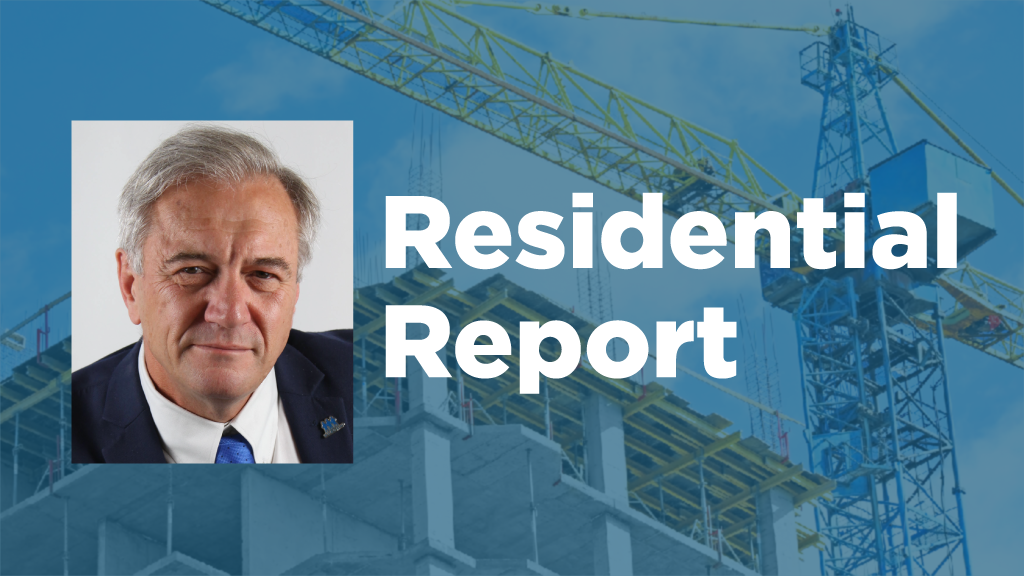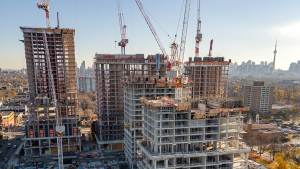There are many issues that have taken a toll on housing affordability and supply, including high interest rates which have forced buyers to the sidelines, and an untimely and disturbing perfect storm of high inflation, rising costs for labour and construction materials, and supply chain disruptions.
Bureaucratic red tape, along with exceedingly lengthy development approvals processes and overly onerous taxes, fees, levies and other charges have also added to the problem facing builders.
But there’s another equally pressing problem. We are lacking infrastructure such as water, wastewater, transportation, power and community amenities needed to support residential construction.
And it’s a gap that is getting wider every day.
CMHC estimates 5.8 million housing units must be built by 2030 to restore affordability to 2004 levels. That’s 3.5 million above the 2.3 million units that are projected based on recent activity.
Research commissioned by the Federation of Canadian Municipalities (FCM) estimates that, on average, the cost of municipal infrastructure required to support those units is $107,000 per home across the country.
Based on the 5.8 million homes the federal and provincial governments are directing municipalities to approve, the scale of the municipal infrastructure gap could be $600 billion by 2030.
You can’t build more housing without adequate infrastructure.
However, the problem is municipalities have limited options to pay for growth. Their primary source of revenue is property taxes and development charges. And hiking those is self-defeating and just makes homes more unaffordable.
Municipalities are handcuffed. They don’t have other ways of funding infrastructure that is essential to build housing.
Which begs the question of how to finance the required infrastructure to support residential construction. Glad you asked.
What we need is stable, predictable and ongoing municipal infrastructure investments annually from the federal government.
As mentioned, development charges are a main financing tool for municipalities. But they have increased at astronomical rates in many municipalities and, along with other taxes, fees and levies collected when a new home is purchased, are a significant factor that discourages a buyer from purchasing.
In Toronto, for example, development charges were increased more than 45 per cent. Taxes, fees and levies now represent 31 per cent of the cost of a new home, up from 24 per cent in 2012. On a $1-million home, that’s $310,000 placed upon the new homebuyer. If that amount is financed, it’s even more burdensome. So, raising funds for municipal infrastructure via higher development charges would be a disaster.
To fund the infrastructure, we need to turn to the federal government – the one with deepest pockets and the ability to raise revenue that can be distributed to municipalities for the necessary infrastructure.
A report authored by the Canadian Centre for Economic Analysis earlier this year highlighted the feds are not doing their part when it comes to funding infrastructure. The federal government gets 39 per cent of the taxes on the purchase of a new home but invests only 7.1 per cent in public infrastructure.
In other words, the federal government is reaping the rewards from taxes on new housing development but is simply not pumping enough back into public infrastructure. It is time for that to change.
The present level of federal investment in public infrastructure is falling far short of what is needed to sustain our communities. It is very difficult for builders to build more homes, and for the public to afford them, when taxes account for such a large chunk of the costs and the funds are not being properly reinvested into public infrastructure for the housing of the future. It’s a travesty.
We need a seismic shift. There is a critical need for the federal government to do more and provide municipalities with sufficient and continuous funding for infrastructure related to homebuilding. Or the feds could transfer funds to the province which could dole them out to municipalities.
The FCM, for one, has called on the federal government to close the infrastructure gap and discuss a new Municipal Growth Framework that will provide municipalities with adequate funds to renew and expand infrastructure.
The feds must take action. Housing targets can not be met until the infrastructure funding gap is resolved.
Richard Lyall is president of the Residential Construction Council of Ontario. He has represented the building industry in Ontario since 1991. Contact him at media@rescon.com.







Recent Comments
comments for this post are closed